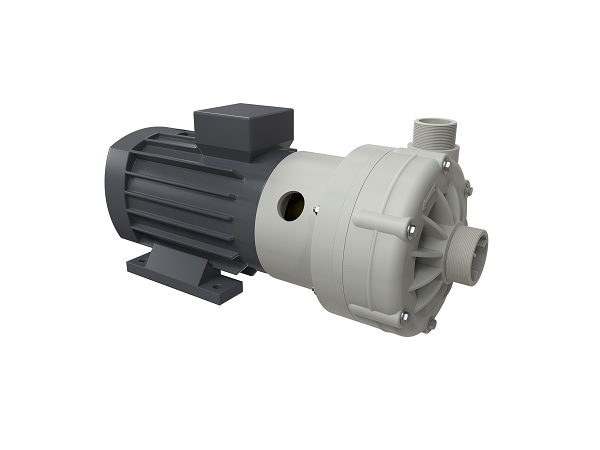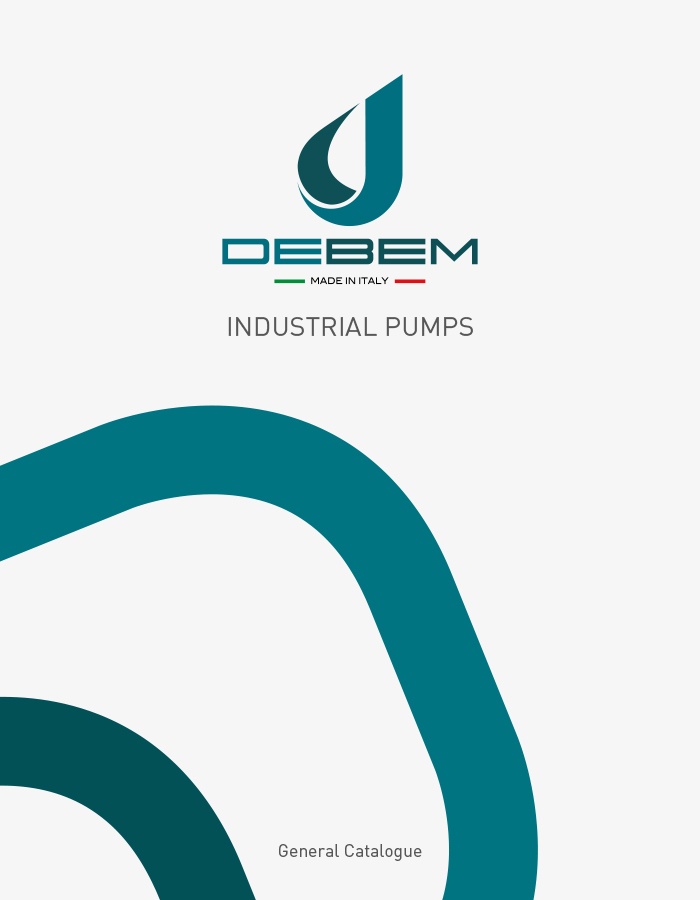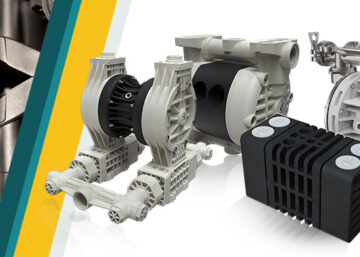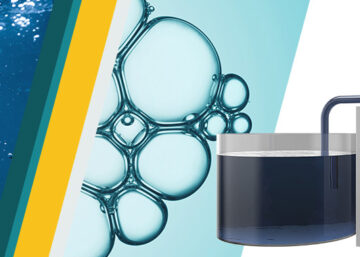The centrifugal pumps are pumps whose movement of the fluid is provided by rotating mechanical parts (commonly referred to as “impellers”).
The main components of a centrifugal pump are:
- Mobile part, called the impeller, that transfers the energy
- Pump casing, the volute that channels the flow, firstly in suction and then in delivery
- Shaft on which the impeller is secured and connected to the motor
- Motor, that can be electric or internal combustion
There are obviously different types of centrifugal pump, such as the magnetic drive type, where the movement is transferred to the impeller with the magnetic force and not by a rotating shaft.
CLASSIFICATION AND INSTALLATION
Based on the position of the shaft and the motor there are:
- Horizontal centrifugal pumps, usually positioned outside the cisterns
- Vertical centrifugal pumps, partially immersed in the liquid
The horizontal pumps can also be divided into:
- Pumps above head, where the distance between the pump and the surface of the fluid in suction is positive, with a risk of cavitation.
- Pumps below head, where the distance between the pump and the surface of the fluid in suction is negative, where cavitation is much rarer.
CENTRIFUGAL PUMPS: OPERATION
How centrifugal pump works? In order to work, the centrifugal pump uses the centrifugal effect of the impeller to pump the fluid, transforming the mechanical energy (from a motor, that in most cases is electric), into kinetic energy and then into pressure.
The movement of the impeller creates a vacuum in the suction pipe and the fluid, pushed by the atmospheric pressure, flows into the pipe and enters the pump. The impeller, after having sucked the fluid, sends it towards the sides of the pump casing, through the centrifugal force produced by its rotating speed.
The main types of impeller for the centrifugal pump are:
- Open, when the fluid is dirtier
- Closed, when efficiency is favoured over versatility
The impeller for the centrifugal pump is fitted with a series of curved paddles that form channels with an increasing cross section, from the centre outwards. The fluid exits the impeller at the speed Vt, therefore still with kinetic energy and enters the volute.
The centrifugal pump casing, or volute, is also built with an increasing section, so that the remaining amount of kinetic energy is transformed in pressure, thus increasing the head.
THE PERFORMANCE OF A CENTRIFUGAL PUMP

The centrifugal pump characteristics are described by the curve that shows the progress of the head provided by the pump in relation to the flow rate that it supplies.
These vary based on the size of the impeller.
In practice the curves of the NPSH (Net Positive Suction Head) and of the absorbed power are supplied, with a view to the flow rate and sometimes also the performance.
HOW TO CHOOSE A CENTRIFUGAL PUMP TO MEET YOUR REQUIREMENTS?
When constructing plants, the creation of production cycles, transfer operations of fluid and so on, it is essential to know how to choose the right pump type and size.
Different factors come into play here which must be carefully assessed.
THE SIZE OF A CENTRIFUGAL PUMP
Why is it important to get the right pump size? The right centrifugal pump size is important for two reasons:
- Firstly, to guarantee the correct supply of fluid required during the normal usage cycle.
- Estimate costs that derive from purchase and usage, respectively known as project Costs and operating Costs
In practice, attempts are made to avoid oversizing in order to reduce operating costs to a minimum.
WHAT ARE THE PARAMETERS FOR IDENTIFYING THE MOST SUITABLE PUMP?
Initially, leaving aside the discussion of costs, the choice should focus on the features of the plant which one hopes to obtain.
- Quantity and head, in other words, what is the volumetric (m^3/h) or mass (kg/h) flow rate which needs to be achieved and which head needs to stand out. When calculating the head of a pump, it is essential to bear in mind the different elements: losses due to a normal flow of the fluid along the piping (distributed losses); losses due to plant elements found along the line (concentrated losses), as can be the case with valves, pipe elbows, check valves and fittings; lastly, the uneven level to be overcome to pump the fluid from point A to point B (geodetic head) should be taken into consideration.
- Fluid characteristics. The fluid also plays a key role when choosing. Its temperature, density, viscosity and nature of the fluid itself as well as the presence or lack of, of particles in it. The temperature and nature of the fluid influence the choice of materials that make up the pump. Density and viscosity, important parameters to be taken into consideration respectively for the choice of engine power and type and size of impeller (opening or closure and external diameter), without forgetting their contribution to the calculation of the losses along the piping. The presence of particles to decide on the kind of pump, with mechanical seal (lip, bellow…) or a pump with magnetic drive.
- Positioning. Choosing a pump with vertical or horizontal axis subject to its position inside the plant. The centrifugal pumps are highly efficient tools. However, their operating requirements do not make them universal. In many cases, volumetric pumps come willingly into play.
Debem centrifugal pumps can be used only as an under head pump.






